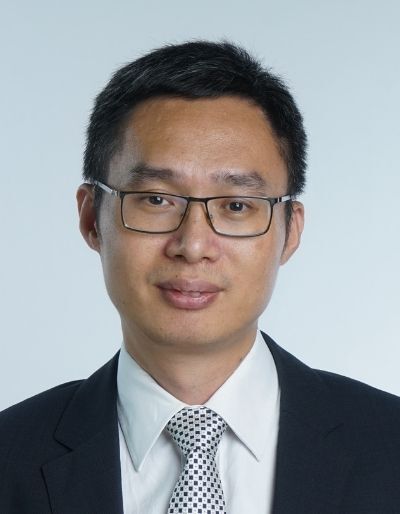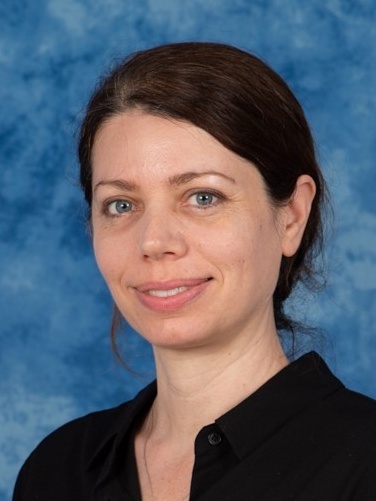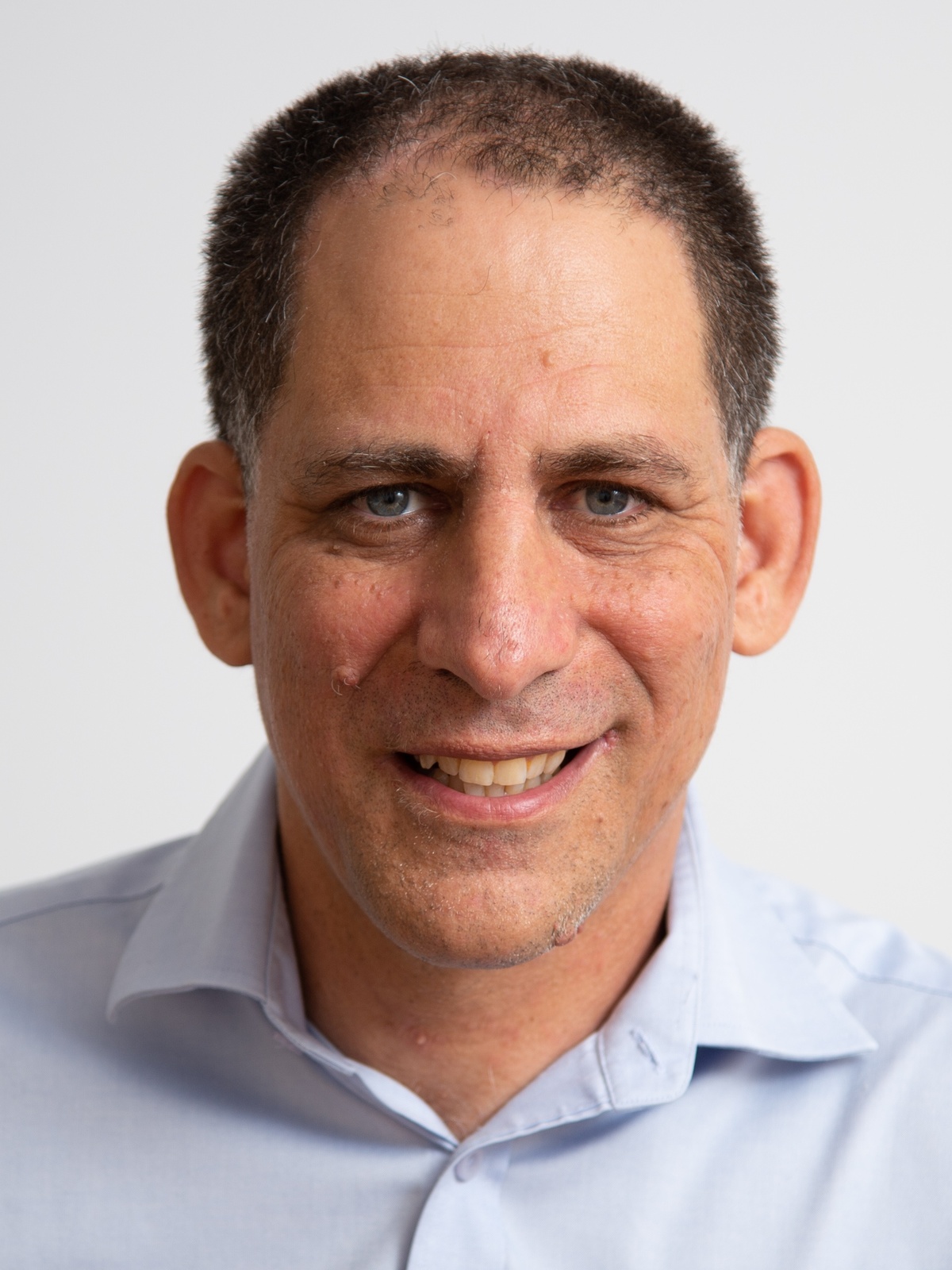The event will start in:
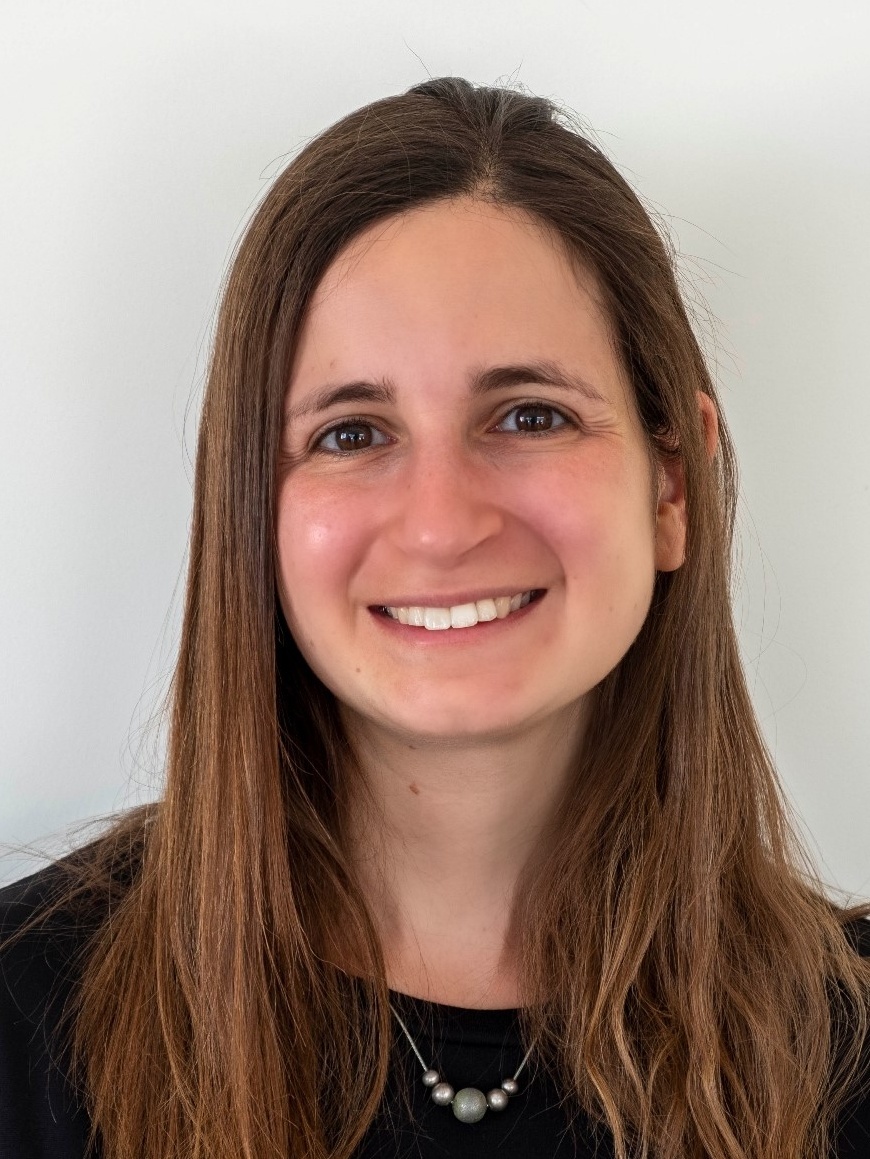
Ms. Iris Berg
Institute of Chemistry, The Hebrew University, Jerusalem, Israel
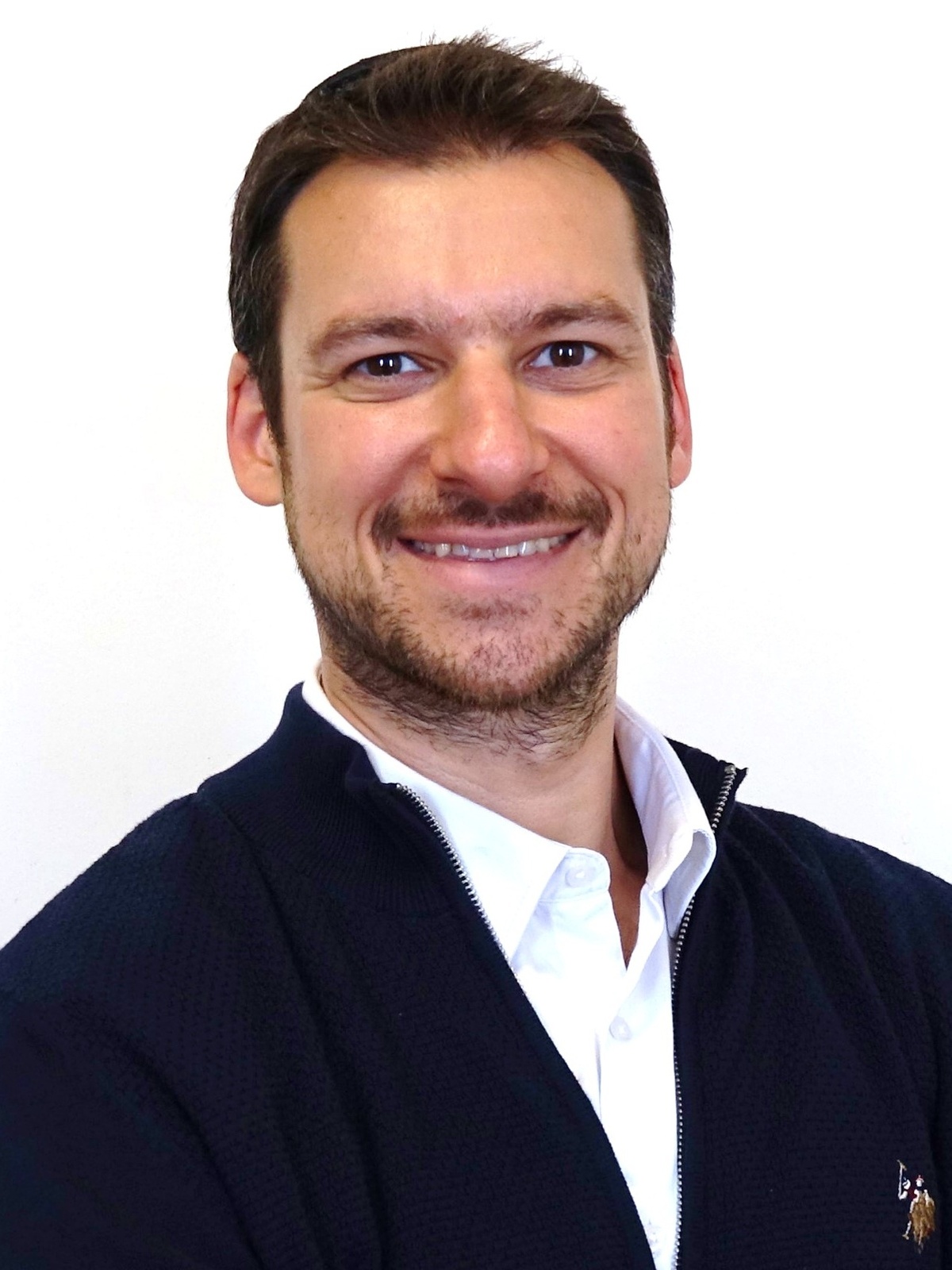
Mr. Ralfy Kenaz
Racah Institute of Physics, The Hebrew University, Jerusalem, Israel
Program
Gathering and Registration
Opening and Greetings
Prof. Asher Cohen - President, The Hebrew University,
Prof. Hadar Steinberg - Director, The Hebrew University Center for Nanoscience and Nanotechnology
Session I - Chairperson: Prof. Uri Banin
Prof. Xiaodong Chen
Conformal Nano-bio Interfaces for Sense Digitalization
The emerging nano-bio interfaces have created new opportunities for developing advanced sensing technologies with unparalleled sensitivity and specificity. In this talk, I will present the development of conformal nano-bio interfaces that allow for the seamless integration of nanoelectronic interfaces into biological systems for sense digitalization with maintaining function even under deformed states. In addition, I will discuss the recent development of a biphasic, nano-dispersed (BIND) interface that can reliably connect soft, rigid, and encapsulation modules without the need for pastes. This interface was used to create stretchable devices for in vivo neuromodulation and on-skin electromyography. The modular integration improves signal quality and electrode performance, simplifying and accelerating the development of on-skin and implantable stretchable devices.
Coffee Break
Session II - Chairperson: Prof. Shlomo Magdassi
Iris Berg
Selective Deposition of N-Heterocyclic Carbene Monolayers on Designated Au Microelectrodes Within an Electrode Array
Iris Berg1,2, Einav Amit1,2, Wenhao Zhang3, Rajarshi Mondal1, Hadar Shema1,2, Vitaly Gutkin2, Tatyana Kravchuk4, F. Dean Toste2, Zackaria Nairoukh1 and Elad Gross1,2*
1 Institute of Chemistry, The Hebrew University, Jerusalem 91904, Israel
2 The Center for Nanoscience and Nanotechnology, The Hebrew University, Jerusalem 91904, Israel
3 Department of Chemistry, University of California, Berkeley, California 94720, United States
4 Surface Science Laboratory of Solid-State Institute, Technion - Israel Institute of Technology, Haifa, Israel
The incorporation of organic self-assembled monolayers (SAMs) in microelectronic devices requires precise spatial control over the self-assembly process. In this work, selective deposition of N-heterocyclic carbenes (NHCs) on specific electrodes within a two-microelectrode array was achieved using pulsed electrodeposition.1 Analysis of the NHC-coated electrode arrays revealed a distinctive pattern of a single type of NHC on each electrode, forming a dense and homogenous monolayer. The impact of NHC monolayers on the electrodes' work function was evaluated using Kelvin probe force microscopy, which showed that the adsorption of different NHCs on neighboring electrodes led to variations in their work function values. The presented method therefore enables to selectively coat specific electrodes in an electrode array by NHC monolayers for tuning their chemical and electronic functionality.

Amit, E.; Dery, L.; Dery, S.; Kim, S.; Roy, A.; Hu, Q.; Gutkin, V.; Eisenberg, H.; Stein, T.; Mandler, D.; et al. Electrochemical Deposition of N-Heterocyclic Carbene Monolayers on Metal Surfaces. Nat. Commun. 2020, 11 (1), 1–10.
Daniel Sharon
Nano-Structured Polymer Electrolyte Mixtures for High Energy Density Batteries
Solid-state batteries with high energy density have the potential to accelerate the electrification revolution. However, due to performance issues and inherent safety concerns, they remain only a promise. We will discuss the possibility of using solid-state polymer electrolyte mixtures to improve performance and address safety concerns in these promising systems. We will go over some of the efforts to understand the ionic transport mechanisms within these structured systems and how they can be used to address the challenges associated with high-energy-density batteries.
Ralfy Kenaz
Measuring thicknesses of single to few atomic layers with a generic optical microscope
Ellipsometers use polarized light from an incoherent broadband source to measure atomic-level precise thicknesses and optical properties of thin films, among many other measurable parameters. Although ellipsometry is widely used in industry and research, its effective use on microstructures is constrained by its low lateral resolution of tens-of-microns or very slow data acquisition beyond this resolution. In this talk, I will present a novel system and method [1] for performing in situ ellipsometry measurements in a generic optical microscope with high lateral resolution of sub-5 microns and record-fast data acquisition [2]. The accuracy of the proposed method is validated to be on par with commercial ellipsometers. The developed instrument is used for measuring angstrom-level precise thicknesses and consequently the number of atomic layers of exfoliated two-dimensional van der Waals materials having micron-scale lateral dimensions [3]. The instrument successfully identifies highly transparent flakes up to monolayer hBN, a challenging proposition for other characterization tools. The optical microscope integrated ellipsometer can also map minute variations in thickness and optical properties over a micron-scale flake, revealing its lateral inhomogeneity. The prospect of adding standard optical elements to augment generic optical imaging and spectroscopy setups with accurate in situ ellipsometric mapping capability presents new opportunities for investigation of microstructures that are abundant in nanotechnology and nanoscience.
[1] Ralfy Kenaz and Ronen Rapaport, U.S. Patent 11,262,293 B2 (2022).
[2] Ralfy Kenaz and Ronen Rapaport. Review of Scientific Instruments 94 (2), 023908 (2023).
[3] Ralfy Kenaz et al. ACS Nano 17 (10), 9188–9196 (2023).
Prof. Ofra Benny
Precision nanomedicine for targeted cancer therapy and diagnostics
The integration of engineering with biology led to recent breakthroughs in medicine which are expected to improve human wellbeing and lifespan. Nanomedicine introduces new tools to fight complex diseases such as cancer, which is the leading cause of death worldwide. Interactions between nanomaterials and living cells or tissues are critical for the efficacy of drug delivery. This issue is especially critical in cancer since chemotherapy drugs are toxic and can detrimentally affect healthy tissue. By controlled fabrication of nanoparticle drug carriers we can better target and focus therapy, improving drug efficacy and reducing adverse side effects. Combining advanced fabrication techniques with AI-based algorithms enables the design of personalized nanomaterials for optimal therapy delivery. The nanoparticles can be also controlled remotely by using magnetic actuated nanomaterials based on metal-polymer hybrids that were shown to improve drug targeting in cancer and introduce synergistic multi-arm therapy. Finally, by using advanced microfluidic techniques for “tumor on a chip” platforms, we can measure the effects of drugs and nanotherapeutic therapies on patient-derived tissues to provide personalized drug selection tool prior to clinical testing.


